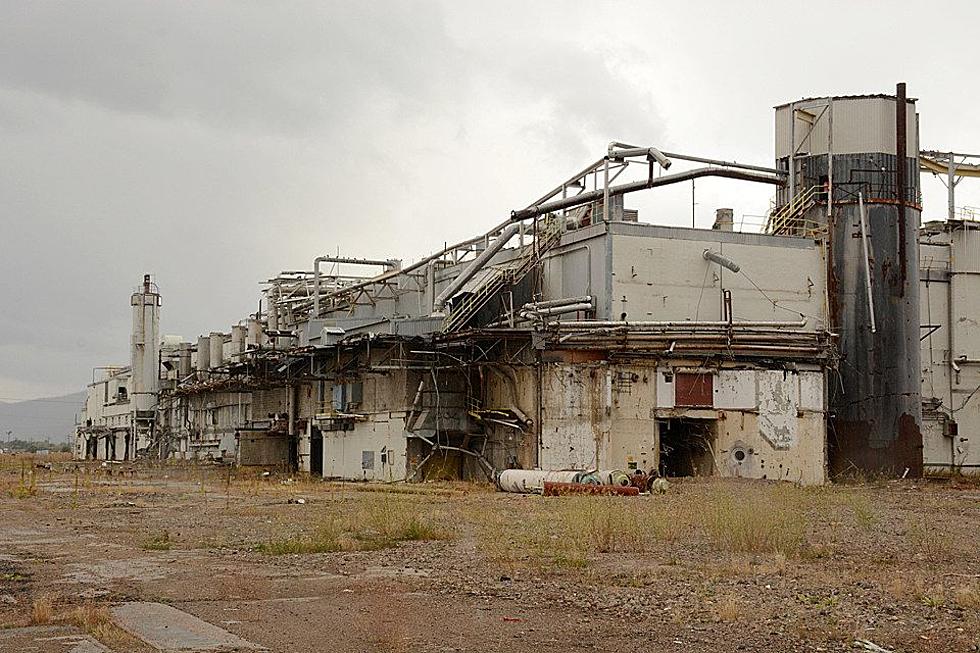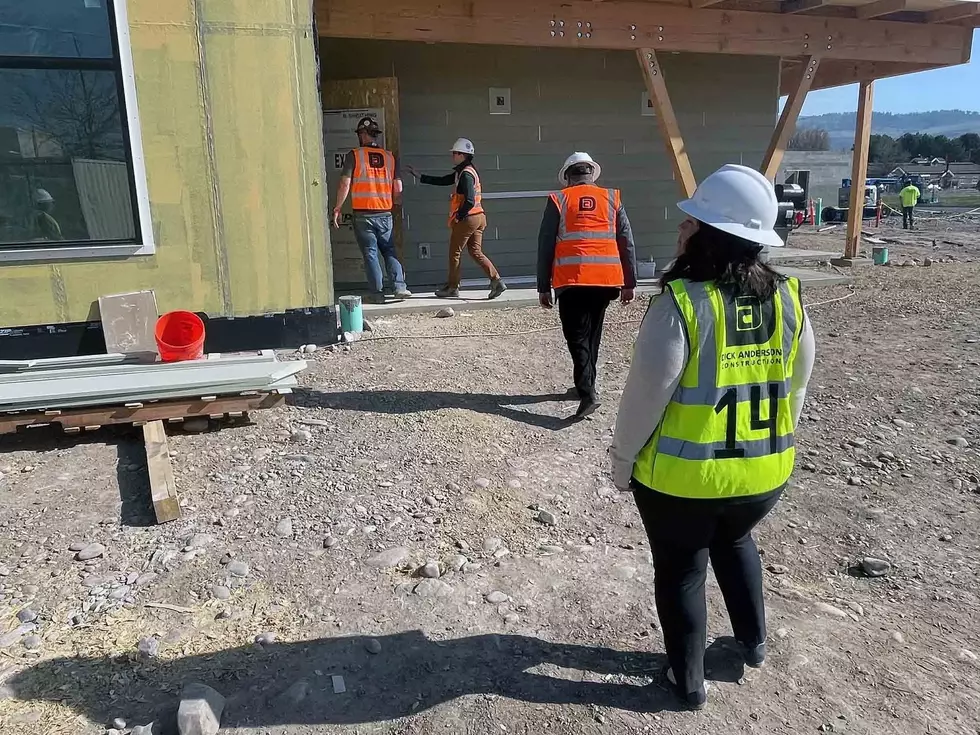
State considers removal of illegal Smurfit Stone outfall pipes
Laura Lundquist
(Missoula Current) The state of Montana is looking into removing several illegal outfall pipes that jut from the Smurfit Stone mill site into the Clark Fork River.
On Thursday, Ryan Weiss, deputy Trust Lands administrator for the Montana Department of Natural Resources Conservation, told the Legislative Environmental Quality Council that his department needs to do a more thorough investigation of the outfall pipes emanating from the Smurfit Stone mill site before it knows what action to take.
“We’ve done essentially a qualitative assessment; we don’t know what the pipes look like beneath the ground,” Weiss said. “I don’t know if there’s anything being discharged from the pipes.”
The DNRC has determined that it has the authority over the pipes, because several of them protrude into the Clark Fork River below the low-water level. Anything below the low-water level of streams and lakes is considered state property.
Weiss said his staff couldn’t find any record of the DNRC or its predecessor, the Department of State Lands, giving anyone authorization to install the pipes on state property, so it’s a matter of illegal trespass. There’s also no record of when the pipes were installed, and no one knows if they’re leaking anything.
According to a Dec. 8 memorandum that DNRC staff sent to Weiss, pipes at two and possibly three locations extend into the Clark Fork River below the low-water line. At Outfall 2, a 3-foot-diameter steel pipe angles about 40 feet from the berm into the river at a point abeam some of the landfills and sludge ponds. Outfall 1 is slightly upstream, but no pipe is obvious there. The memorandum said relic structures could be buried so more investigation is needed.
Farther downstream near the western end of the site, Outfall 3 has six metal pipes hooked to a diffuser. One is a 3-foot-diameter pipe and the rest have a 1-foot diameter. All extend at least 5 feet into the river.
While the pipes should be removed, Weiss said the DNRC is uncertain how to proceed. It could write a letter of authorization approving removal of the pipes by the potentially responsible parties – three landowners responsible for paying for the site cleanup – although Weiss said it was currently unknown which parties are responsible for the pipes.
Because the DNRC doesn’t have regulatory authority, that’s about all it can do outside of filing a lawsuit, Weiss said. So the DNRC has to work with other state agencies that have regulatory authority such as the Department of Environmental Quality.
Add to that the complications of the Smurfit Stone site being involved in a federal cleanup process.
“We could go the voluntary (cleanup) route or we could look at other legal mechanisms, such as a civil trespass action,” Weiss said. “My concern would be demanding (the pipes) be removed without coordinating with the other agencies to ensure there aren’t inadvertent consequences to water quality or soil disturbance by forcing a removal before we have all the data.”
DNRC staff first did a site visit in November 2019 with Environmental Protection Agency project manager Allie Archer and Montana Natural Resource Damage Program environmental specialist Brian Bartkowiak. At that point, it was known that the Montana Department of Health and Environmental Sciences had issued a Pollution Discharge Elimination System permit for the outfalls in 1995.
DNRC staff conducted a second site visit this past November with the EPA and a consultant for the potentially responsible parties, who would have to pay for removing the pipes. At that point, Archer said the DNRC would have to coordinate with the EPA on any plans or work to remove the pipes, according to the Dec. 8 memorandum.
Rep. Jonathan Karlen, D-Missoula, expressed concern that the pipes wouldn’t be removed if the potentially responsible parties refused to pay.
“For these pipes, which it seems like all sides agree are trespassing, that we expedite the process of compelling removal, hopefully voluntarily, but if not, I don’t think we should just wait for a voluntary action,” Karlen said.
Sen. Pat Flowers, D-Bozeman, urged Weiss to create a DNRC process for assessing penalties.
“Without that, I think you’re encouraging any bad actor to put whatever infrastructure they want on state lands and hope that they don’t get caught,” Flowers said.
Contact reporter Laura Lundquist at lundquist@missoulacurrent.com.
LOOK: Biggest snowfalls recorded in Montana history
Gallery Credit: Stacker
More From Newstalk KGVO 1290 AM & 98.3 FM









